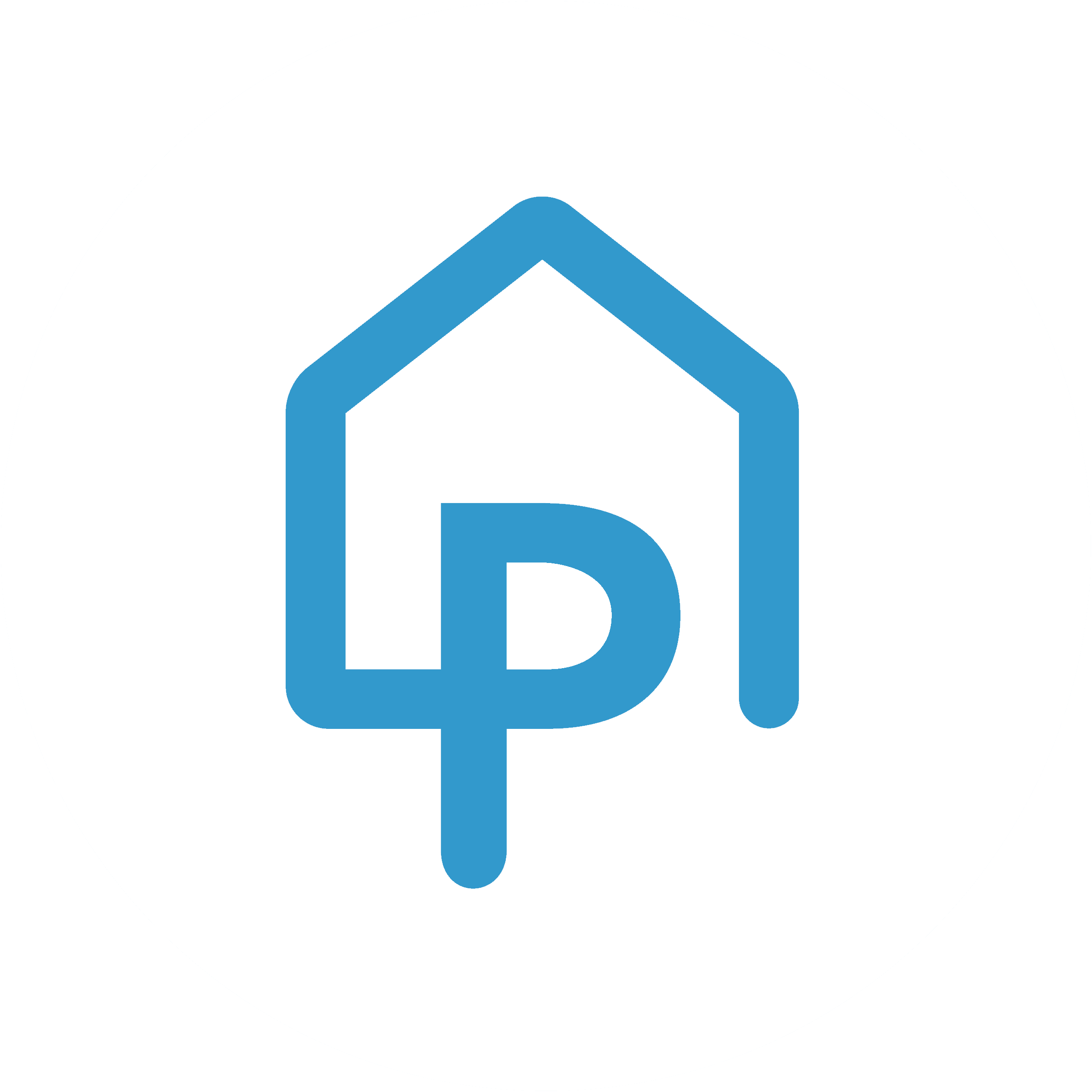Based on the successful Passivhaus Masterclass, this is Part 1 of a 2-part tutorial series that explores the issues around net zero, providing practical illustrations of what it takes to achieve both net zero operational energy and net zero embodied energy, and highlighting what can be done at design stage to achieve the biggest impact. It will also explain how Passivhaus Classic, Plus and Premium can be used to support a net-zero design.
Interested in Part 2 Embodied Carbon? Purchasing the Getting to Net Zero bundle instead, which includes both courses—Part 1: Operational Carbon and Part 2: Embodied Carbon at a discounted rate of £30 per course for PHT members and £45 per course for non-PHT members (excluding VAT).
Members must be logged in to have the membership discount automatically applied upon check out. Email membership@passivhaustrust.org.uk for any enquiries.


